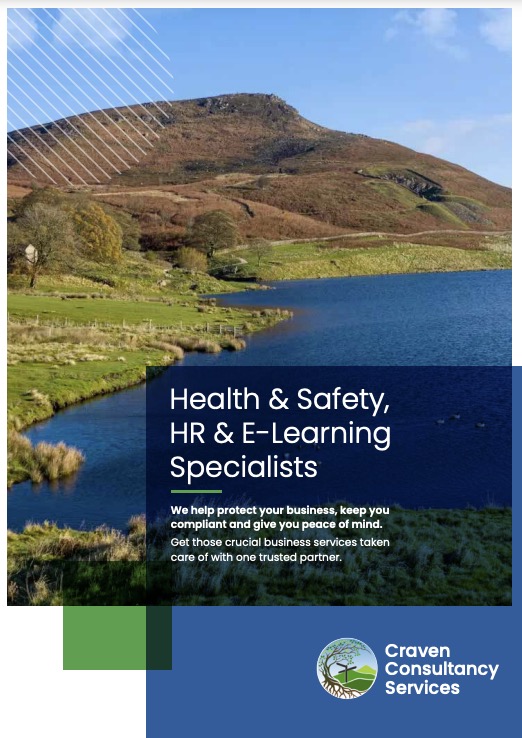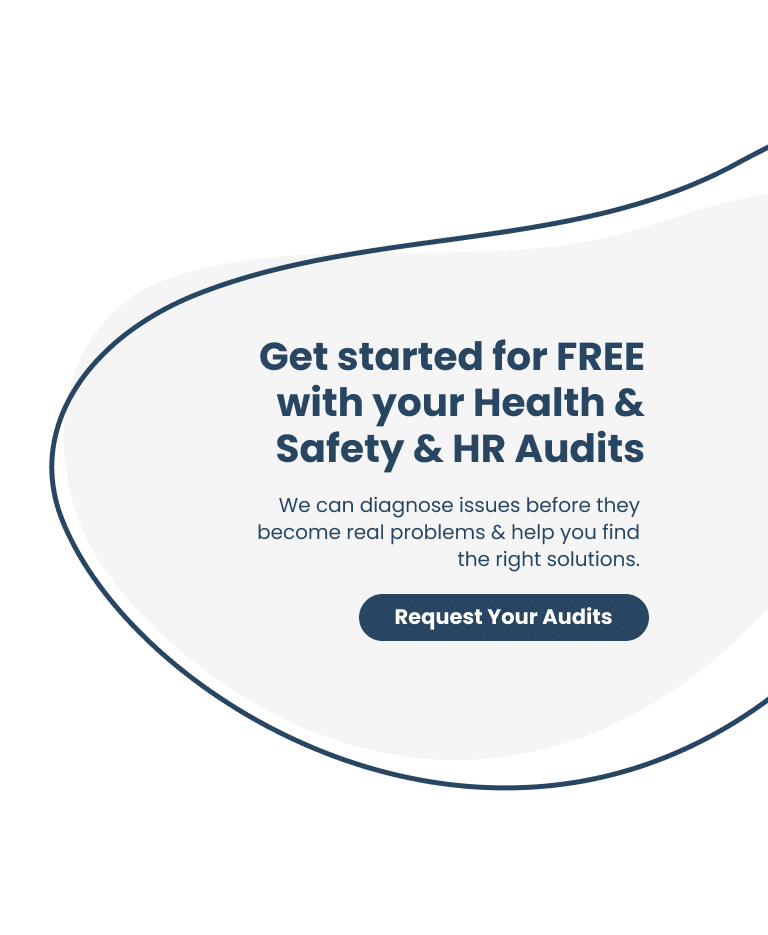Outsourcing your H&S can save you Time & Money, we will Support you to Protect & Support Your Business & Your People.
These are just some of the Frequently Asked Questions (FAQs) we get asked about Health & Safety.
Please get in touch if you have a query
Health and Safety regulations and procedures are in place in your workplace. They make your workplace a safe and are intended to prevent accident or injury to individuals, whether employees, visitors, or members of the public.
The HSWA is the main Health and Safety legislation covering occupational Health and Safety in the United Kingdom. It places a duty on employers to ensure, so far as is reasonably practicable, the health, safety and welfare at work of their employees.
It’s important as it protects the welfare of employees, visitors, employers and members of the public. Poor Health and Safety can cause accidents and injuries and, as a result, prosecution, increased costs, staff losses and low staff morale.
Basically it’s the Health, Safety and Welfare of people at work.
Occupational Health & Safety keeps people well at work – physically and mentally. It manages any risks in the workplace that are likely to give rise to work-related ill health.
Research shows that good Health and Safety is good for business; better workplaces have better financial results.
Workplace Health and Safety is also covered in the Workplace (Health, Safety and Welfare) Regulations 1992. It places a duty on employers to make sure that the workplace is safe and suitable for the tasks to be carried out. Employees and others shouldn’t be put at risk carrying out work tasks.
A Health and Safety Policy is a legal document split into three parts.
- The Statement of Intent (what you are intending to do, keep everyone safe at work).
- The Organisation (who’s who and who is ultimately responsible).
- And finally the Arrangements section (who is responsible for which area and the procedure for carrying this out).
The Health & Safety Policy is a legal document. If you employ five or more people, your Health and Safety Policy must be written down. It’s good practice to have it documented even if your employ less than five people, but this isn’t a legal requirement.
Yes, the Policy should be signed, as stated in the HSWA by a senior person, responsible for Health and Safety. It should also be dated within the last 12 months and communicated to all parties.
You must legally display the HSE-approved law poster. Alternatively, you can give the equivalent leaflet to workers. All businesses must comply with this.
You must communicate Health and Safety matters to your workforce. However you don’t legally need to appoint an official representative. Employees or a trade union would choose a representative to speak on their behalf.
As an employer, you must appoint someone competent to assist you. This can be from either inside your organisation or an external person or company. If appointed from inside, they must have the relevant knowledge, skills and experience to carry out this role. An external consultant should be listed on the OSHCR register, independently managed by the HSE. https://www.oshcr.org
The employer or person in charge of the premises is ultimately responsible. However self-employed people, employees and visitors also have a duty of care to look after themselves and each other.
The Health and Safety Executive (HSE) is a national independent watchdog for work-related health, safety and illness in the United Kingdom. It’s responsible for the encouraging, regulating and enforcing of workplace health, safety and welfare.
You should eliminate or minimise workplace risk. A risk assessment can help you identify what changes are needed and when these need to happen.
Employers should give their workforce the opportunity to participate effectively in improving Health and Safety at work. Regular, documented meetings, are a way of fulfilling this duty. Consultation promotes a positive health and safety culture.







